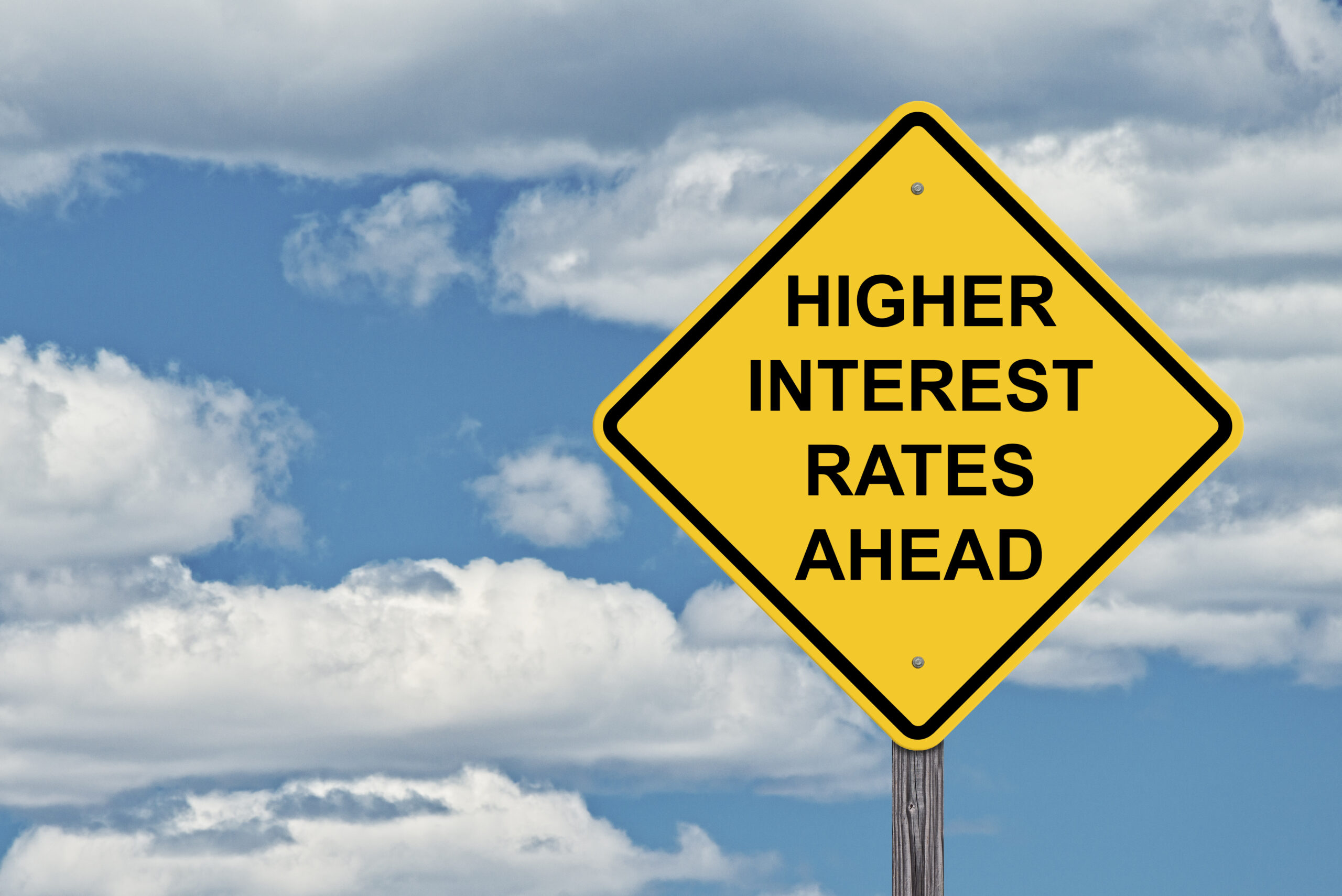The interaction between inflation and interest rates in today’s dynamic financial environment has substantial ramifications for investors, borrowers, and regulators alike. The market actively monitors and evaluates the forecast for interest rates as reports of inflationary pressures persist in the media. We will study the present level of inflation, look at how it affects interest rates, and investigate how market players see and maneuver in this complicated environment in this article.
Acknowledging the Impact of Inflation
Simply explained, inflation is the gradual, consistent rise in the average cost of goods and services over time. The buying value of money is decreasing due to rising inflation, therefore consumers and investors must exercise caution. While determining interest rates, central banks, which are responsible for preserving price stability and economic development, pay particular attention to inflation.
The market often assumes that central banks would react by boosting interest rates when inflation picks up speed. This notion stems from the idea that higher interest rates might assist control inflation by lowering borrowing and spending and, as a result, cooling an overheated economy. In order to determine the possibility and timing of interest rate adjustments, market players study a variety of variables.
Evaluating Market Indicators and Projections
Measurements of Inflation: The Consumer Price Index (CPI), which tracks shifts in the average costs of a selection of products and services that are frequently purchased by households, is one of the key indicators that market players keep an eye on. In addition, the Core CPI, which does not include the volatile food and energy costs, sheds light on the inflationary trends at the core. Investors and economists may better understand the forces driving inflation and upcoming rate changes by evaluating these metrics.
Bond yields: Government bonds are a key indicator of what the market anticipates will happen to interest rates. Bond prices often decline in response to rising inflation forecasts, which raises yields. As a result, fluctuations in long-term bond yields, like the yield on the 10-year Treasury, provide important clues about how the market feels and what it anticipates will happen to interest rates in the future.
FRAs: Future Rate Agreements are financial tools used to predict future changes in interest rates. They are traded in the over-the-counter market and let market players to set pricing for future times. Investors may assess the expectations of the market for interest rates at certain times by examining FRA contracts.
Market Dynamics and Response
The mood and responses of the market have been thoroughly examined in light of the recent increase in inflation. The way central banks operate in this difficult situation is being closely watched by investors and academics. The Federal Reserve, for example, has said that it is committed to preserving price stability while promoting economic development. The market is nonetheless vigilant for any changes in the Fed’s position since even minute adjustments in the Fed’s verbiage may have a big influence on investor expectations.
The perspective on interest rates in the market has changed significantly during the last several months. Expectations of a rate increase in the near future grew as inflationary pressures increased. To predict the timing and size of prospective interest rate changes, market players examined economic data releases, such as employment statistics, GDP growth, and inflation reports.
The market originally anticipated more aggressive rate increases, but later remarks from central banks stressing a prudent and data-driven approach moderated expectations. The challenge of resolving inflationary worries without limiting economic recovery has complicated the market’s view of interest rates.
Tactics and Considerations for Investors
In these uncertain times, investors are revising their plans and looking for ways to safeguard their portfolios against future fluctuations in interest rates. Among the things to think about are
Diversification: Creating a well-diversified portfolio of many asset types, including equities, bonds, real estate, and commodities, may help reduce the risks associated with interest rate swings. There is a buffer against possible losses in one sector since other asset classes respond differently to changes in interest rates.
Investments in fixed income: Investors may choose to allocate a part of their portfolio to fixed income securities with shorter maturities. Bonds with shorter maturities are often less susceptible to fluctuations in interest rates than bonds with longer maturities. In the event that interest rates increase, this technique enables investors to keep their flexibility and maybe reinvest at greater rates.
Treasury Inflation-Protected Securities (TIPS), for example, are an example of an inflation-protected security that may act as a hedge. These bonds are designed to modify their principal value in accordance with variations in inflation, assisting in the preservation of buying power.
Sector Rotation: During inflationary times, some economic sectors, such as commodities, energy, and real estate, often do well. Investors can think about shifting their holdings towards industries that have a history of exhibiting resilience or expansion potential in inflationary circumstances.
The importance of closely monitoring central bank statements and policy actions cannot be overstated for investors. Market mood and investment plans may be greatly impacted by any signs of a change in monetary policy, such as a projected rate rise.
Market players continue to analyze how these two crucial aspects interact as long as inflationary pressures continue and interest rate forecasts are uncertain. Understanding how the market feels about interest rates may be learned by keeping an eye on inflation indicators, bond yields, and market emotion. Investors need to be flexible, diversify their holdings, and think about tactics that are compatible with anticipated interest rate increases. Investors may put themselves in a position to effectively negotiate the challenging terrain of inflation and interest rates by maintaining their knowledge and responding to changing market circumstances.

